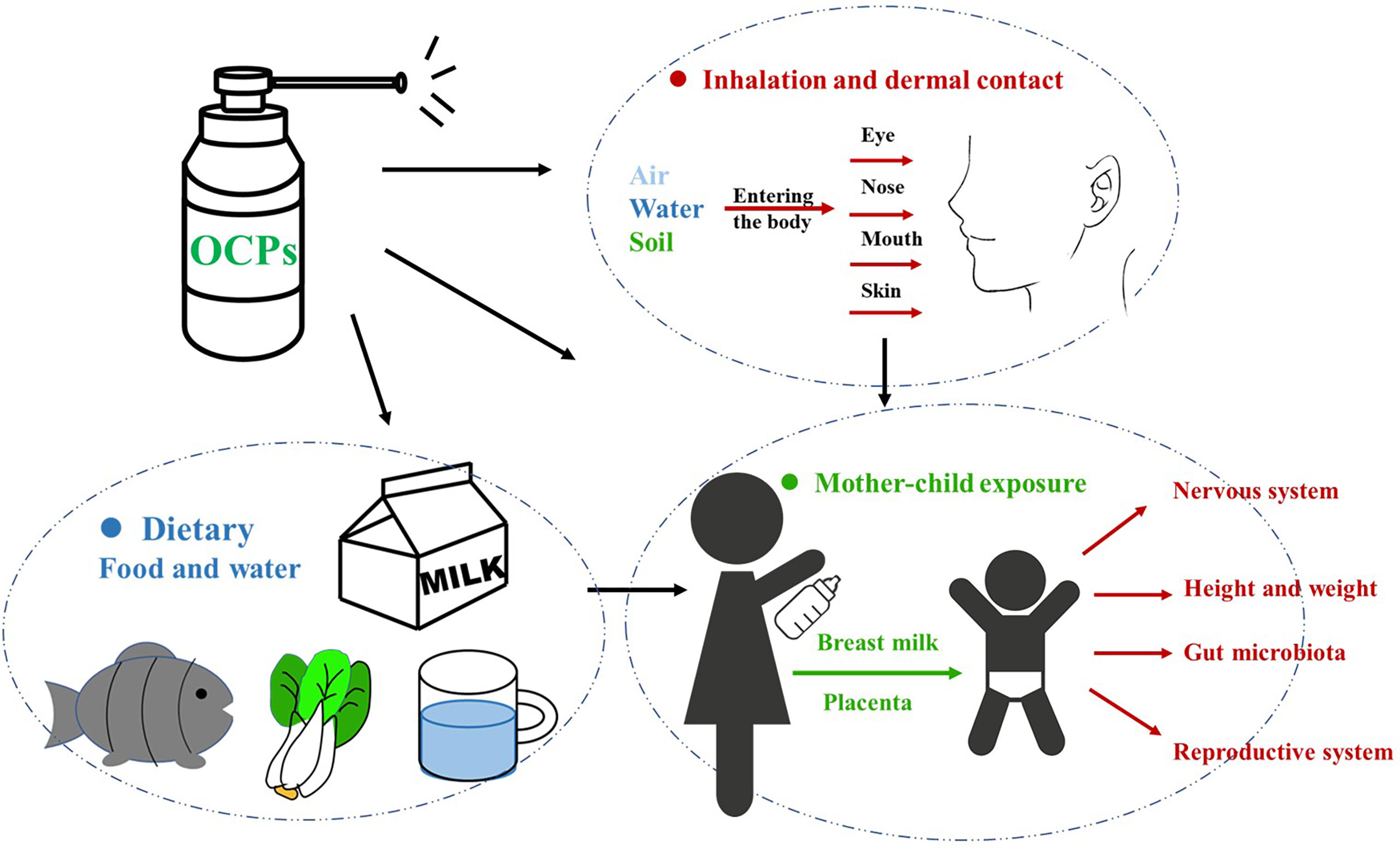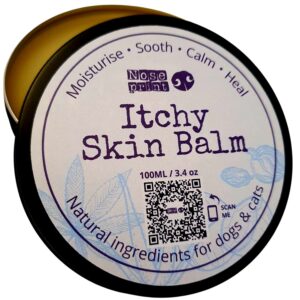Physical Address
304 North Cardinal St.
Dorchester Center, MA 02124

Water pollution significantly increases risks for adverse maternal outcomes and child health issues. Contaminated water can lead to pregnancy complications and developmental problems in children.
Understanding the impact of water pollution on maternal and child health is crucial for communities worldwide. Pregnant women exposed to polluted water may experience preterm birth, low birth weight, and other pregnancy-related issues. Meanwhile, children exposed to contaminated water sources are at a heightened risk for cognitive deficits, gastrointestinal diseases, and chronic conditions such as asthma.
High levels of toxins and pathogens found in unsafe water can disrupt children’s growth and immune systems, posing long-term health challenges. Therefore, ensuring water quality is not just an environmental concern, but a fundamental public health priority to safeguard the well-being of mothers and their children. This highlights a dire need for effective water management policies and public health interventions to prevent waterborne diseases and promote safe water practices.
The Ripple Effect of Water Pollution touches aspects beyond the environment. This phenomenon significantly impacts maternal and child health. Understanding the spread of pollutants through our waterways highlights these risks.
Water, essential for life, can harbor invisible threats. Contaminants travel from rivers, through our taps, and into our bodies. Toxic substances from industrial waste, agricultural runoff, and improper waste disposal find their way into rivers. Once in the water system, these pollutants embark on a perilous journey.
The health impacts of water pollution are deeply concerning. Pregnant women and children are particularly vulnerable. Contaminants can lead to severe health issues, both immediate and delayed.
| Exposure Type | Health Risks |
|---|---|
| Short-Term | Gastrointestinal infections, skin rashes, reproductive issues |
| Long-Term | Developmental problems, cancer, neurological disorders |
For instance, lead can damage a child’s developing brain, and mercury can impair fetal growth. Pregnant women need clean water for a healthy pregnancy and a healthy baby.

Credit: insideclimatenews.org
Water filters through soil, rocks, and rivers. Along the way, it picks up stuff. Not all stuff is good. Some bad stuff, like chemicals and germs, can get into water too. When bad stuff gets in water, it can make people sick. Moms and kids can also get sick. We call this bad stuff water contaminants.
First, we need to talk about heavy metals. Think lead, mercury, and cadmium. They can sneak into water from old pipes and industrial waste. Then, there are persistent pollutants. They come from farm chemicals and last a long time. Both types are bad for health. Let’s see where they come from:
Next up, germs. Bad water can have tiny bugs called pathogens. They cause tummy troubles and other sicknesses. Look at this list:
| Pathogen Type | Illnesses | Sources |
|---|---|---|
| Bacteria | Cholera, E.coli | Sewage, animal waste |
| Viruses | Hepatitis, Norovirus | Sewage, contaminated food |
| Parasites | Giardiasis, Cryptosporidium | Untreated water, poor sanitation |
Kids play in water and put things in their mouths. Moms use water to cook and clean. Bad water with these germs can make them sick. Cleaning water before using it keeps families safe.
Maternal Exposure: Unseen Threats During Pregnancy reveals a pressing concern for expectant mothers worldwide. Asking how, water pollution influences pregnancy unveils risks that may compromise their health and that of their unborn children.
Pure water stands as the cornerstone of prenatal care. Yet, across the globe, mothers-to-be often consume harmful substances without knowing. These impurities can stem from industrial waste, agricultural runoff, or outdated piping systems. They introduce toxins into a pregnant woman’s system with every sip. For instance:
Such factors relay a critical message: the need to monitor and filter drinking water during pregnancy is paramount.
Not just the unborn child, but the mother’s health is at risk too. The perils she faces stem from pollutants that carry pathogens or disease-carrying organisms. To clearly illustrate:
| Water Pollutant | Possible Health Impact |
|---|---|
| E.coli | Gastrointestinal illness |
| Cholera | Severe dehydration and kidney failure |
| Giardiasis | Long-lasting digestive problems |
These conditions can jeopardize pregnancy by triggering premature labor or causing miscarriages. Hence, clean water access becomes a critical shield, safeguarding mother and child.
The first stages of life are the most delicate. Newborns and infants depend on clean water for their survival and growth. Polluted water poses serious threats to their health. It affects their development and immunity. Parents and caregivers need to understand the dangers of water pollution to protect their little ones.
Infants are highly sensitive to environmental contaminants. Unsafe water can lead to chronic health issues and developmental delays. Waterborne diseases can also compromise immune systems.
Toxins in water can affect mothers too. Contaminants can be passed to infants through breast milk. This is worrisome as breast milk provides essential nutrients for infants. When a mother is exposed to polluted water, her milk may contain harmful substances.
| Toxin | Effects on Infants |
|---|---|
| Mercury | Can damage the nervous system and hinder development. |
| PCBs | May lead to immune system suppression and developmental problems. |
| Dioxins | Could cause skin lesions and altered liver function. |
The Cycle of Sickness: Child Health and Developmental Hazards begins with the invisible threat of water pollution. Our most vulnerable, the children, face greater risks. Polluted water harbors dangerous elements. These elements can stunt growth, cause disease, and trigger long-term health issues right from a child’s early days. Mothers exposed to toxic water face complications too. Such complications affect them and their unborn or newborn children. Our focus now turns to the unseen dangers lurking in water. Dangers that set the stage for a lifetime of health battles.
Early life is critical for proper health development. Toxic substances in water can disrupt this delicate phase. Let’s look at some examples:
These are just a few pollutants kids may consume. Their bodies are small but the impact is huge. Lifelong health effects from these toxins can be direct or indirect. Direct effects include illness and developmental delays. Indirect effects might be poor social outcomes due to cognitive deficits.
Waterborne pathogens often lead to diseases. Children are especially susceptible. Here is why:
| Disease | Source | Effect on Children |
|---|---|---|
| Diarrhea | Contaminated water | Leads to dehydration and nutrient loss. Essential for growth. |
| Cholera | Unsafe drinking water | Causes severe dehydration. Fatal if untreated. |
| Hepatitis A | Dirty water | Impacts liver function. Vital for metabolism and immunity. |
Disease patterns linked to unclean water show a grim picture. Repeated illnesses affect physical and mental development. Consistent sickness can also lead to missed school. Education suffers. The cycle of sickness thus affects a child’s ability to learn and thrive.

Credit: www.frontiersin.org
Water pollution poses risks to everyone. Sadly, pregnant women and children often face the worst. Now, let’s explore what we can do. The right steps can protect health and break the pollution cycle.
Simple actions at home make a big difference. Here’s how families can help:
| Action | Benefit |
|---|---|
| Boiling Water | Kills Germs |
| Clean Storage | Prevents Contamination |
| Handwashing | Stops Disease Spread |
Teaching kids about water safety is also key. Education breeds healthy habits.
Organizations worldwide are fighting water pollution. They focus on both health and the environment. Check out their amazing work:
Closer to home, communities often:

Credit: insideclimatenews.org
Exposure to polluted water during pregnancy can lead to complications. These include low birth weight, developmental delays, and congenital disabilities in infants. Pregnant women must ensure water safety.
Yes, waterborne contaminants can accumulate in breast milk, potentially affecting a newborn’s health. To safeguard infants, breastfeeding mothers should consume clean and uncontaminated water.
Children are especially vulnerable to water pollution. Risks include gastrointestinal infections, developmental issues, and impaired cognitive function. Access to clean water is critical for their health and growth.
Heavy metals like lead and mercury, when present in water, can harm a child’s development. They can cause neurological damage and impair learning abilities. It’s essential to prevent exposure to such pollutants.
Water pollution bears a grave impact on maternal and child health. Our discussion underscores the urgency of clean water accessibility. Newborns and expecting mothers are especially vulnerable. Communities and policymakers must prioritize this issue for healthier generations. Let’s safeguard our water to protect our future.

